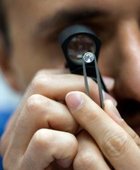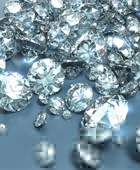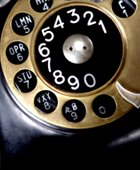Introduction: The Strategic Importance of Diamond Trade Shows
Diamond trade shows serve as high-stakes arenas where retailers, wholesalers, miners, designers, and investors converge to showcase, source, and strategize. For industry insiders, these events are not mere exhibitions—they are critical junctions in the supply chain and powerful tools for relationship-building, market analysis, and competitive intelligence. Global events like JCK Las Vegas, Hong Kong International Jewellery Show, and Baselworld attract key players from every segment of the value chain. These gatherings allow participants to gain firsthand insight into evolving design trends, supply disruptions, lab-grown diamond integration, and technological innovations in grading and gemological analysis. For professionals who understand the nuances of the trade, these shows are a unique blend of commerce, education, and networking. Strategic participation can significantly enhance business agility, increase supplier diversity, and help establish brand visibility in international markets. Ignoring such events can mean missed opportunities in sourcing, collaboration, and staying ahead of regulatory shifts and market sentiment.
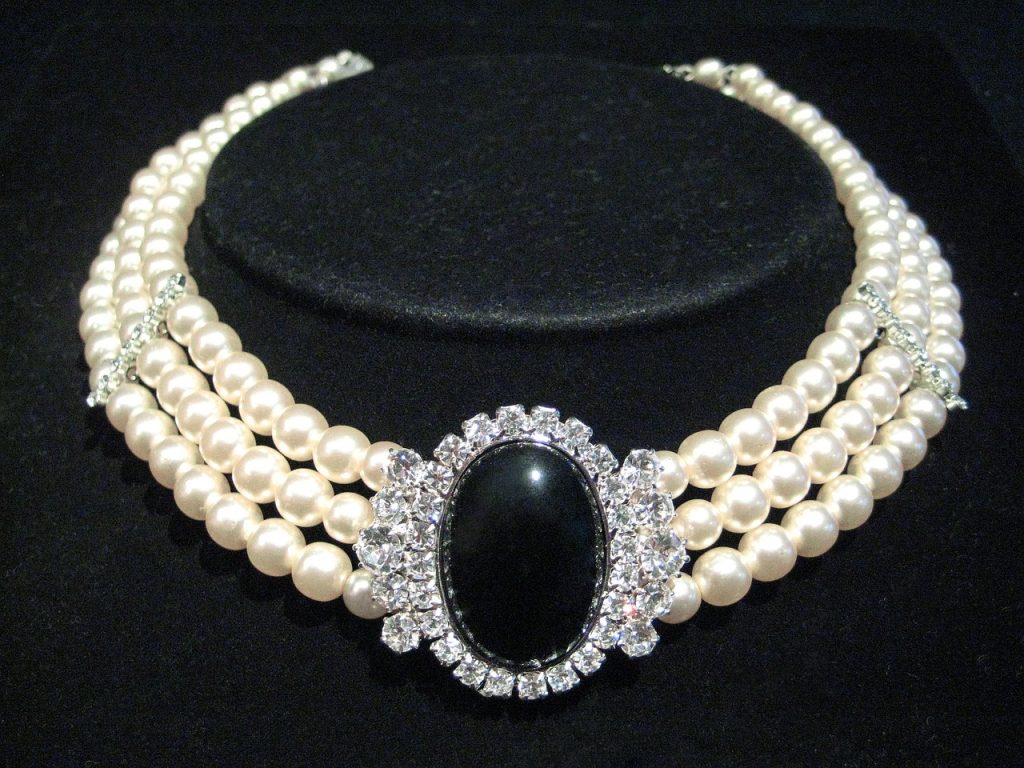
Pre-Show Planning: Why Preparation is Non-Negotiable
Success at a diamond trade show often hinges on meticulous pre-event planning. Unlike casual visitors, seasoned insiders know that effective participation begins long before stepping onto the showroom floor. Professionals typically start by researching the list of exhibitors and speakers well in advance, identifying key booths and seminar sessions that align with their business goals. Many organizers provide digital tools or apps that facilitate scheduling meetings with suppliers, mapping booth locations, and reviewing product categories—resources that are invaluable when navigating vast venues with thousands of participants. Strategic insiders also consider their own booth placement, display logistics, and marketing materials to ensure their presence is both functional and memorable. Furthermore, arranging travel and accommodations early is critical, as hotels near major venues often fill up months in advance. Lastly, attendees often prepare business cards, media kits, catalogs, and even promotional giveaways to maximize their engagement potential and leave a lasting impression on potential partners or clients.
Key Exhibitor Categories and What They Offer
Understanding the diversity of exhibitor categories is essential to navigating a diamond trade show efficiently. Exhibitors are typically segmented into several core groups, each representing a unique aspect of the diamond ecosystem. These include rough diamond suppliers, polished diamond wholesalers, lab-grown diamond manufacturers, jewelry designers, grading labs, equipment manufacturers, and technology service providers. Rough diamond suppliers may offer insights into new mining developments and auction systems, while polished dealers often present large inventories ranging in carat, clarity, and cut quality. Lab-grown diamond exhibitors focus on cutting-edge developments in CVD and HPHT technology, frequently providing certification details and competitive pricing models. Jewelry designers often showcase bespoke creations, offering retail buyers a chance to diversify their offerings. Grading labs like GIA, IGI, and HRD set up informational booths to discuss new developments in gemological science and standards. Meanwhile, equipment vendors exhibit innovations in laser cutting, 3D scanning, and synthetic detection—tools that increasingly define operational efficiency and fraud prevention in today’s diamond trade.
Navigating the Trade Show Floor: Efficiency and Etiquette
Once inside the trade show, navigating the expansive showroom floor efficiently becomes both a logistical and strategic endeavor. Most seasoned professionals follow a pre-planned route based on their scheduled meetings and areas of interest. Since large shows often span multiple halls and feature thousands of booths, familiarizing oneself with the floor plan in advance can save considerable time and energy. Efficiency also includes knowing when to engage deeply and when to move on; some booths may require brief interactions, while others necessitate in-depth discussions about pricing structures, sourcing ethics, or future orders. Trade show etiquette plays a key role as well—this includes respecting appointment times, dressing professionally, and understanding cultural nuances in communication, especially in international contexts. Photography and note-taking should be approached with discretion, and explicit permission should be requested before capturing any booth or product imagery. Additionally, attendees should allocate time for unscheduled exploration, as some of the most valuable discoveries and partnerships often arise serendipitously through organic conversations.
Networking and Relationship Building: Beyond the Booths
Diamond trade shows are as much about people as they are about products. While the formal booths serve as the heart of the commercial exchange, much of the meaningful networking happens in lounges, after-parties, workshops, and VIP events. These more relaxed environments provide opportunities for forging deeper relationships, discussing industry challenges, and uncovering collaboration potential. Long-standing partnerships often originate not from a transactional meeting, but from shared insights or casual exchanges over a coffee break. For newcomers and veterans alike, attending hosted events, speaker panels, and brand-sponsored mixers can lead to introductions that evolve into strategic alliances, investment opportunities, or mentorships. Savvy insiders come prepared with a concise personal pitch, business cards, and knowledge of current industry events to make an impression during these conversations. Moreover, many build lasting connections by following up post-show with personalized messages or invitations to continue discussions, reinforcing the idea that in the diamond trade, relationships are a long-term asset.
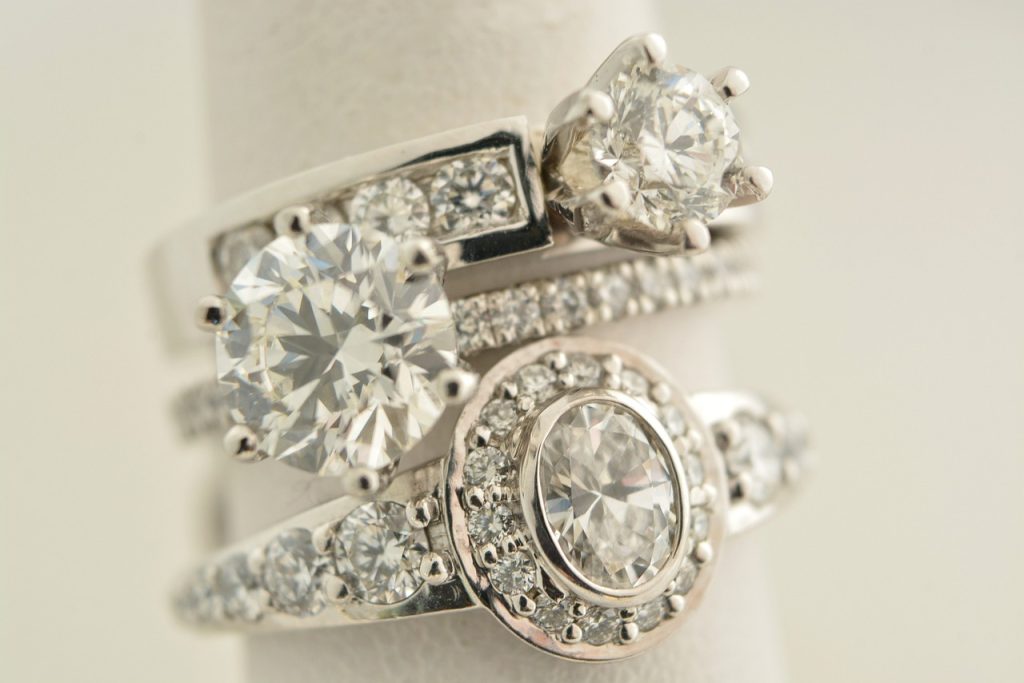
Educational Seminars and Panels: Leveraging Knowledge for Competitive Advantage
Trade shows are not limited to sales booths; they also serve as critical hubs for education and knowledge sharing. Many major diamond trade events feature a packed agenda of keynote addresses, expert panels, and technical workshops designed to illuminate pressing industry topics. These sessions often cover a wide range of subjects, including diamond traceability, ethical sourcing practices, blockchain integration, consumer behavior trends, marketing innovations, and updates on synthetic diamond regulation. Participating in such panels allows attendees to gain nuanced perspectives from leading gemologists, economists, sustainability advocates, and market analysts. Unlike static online resources, these live events foster direct Q&A opportunities and interactive discussions, enabling participants to clarify doubts or request tailored insights. For those managing retail operations or procurement, attending sessions on inventory management or omni-channel sales strategies can be particularly beneficial. Furthermore, certifications or continuing education credits are sometimes offered, adding measurable professional value. For industry insiders, engaging with the intellectual side of the trade show can sharpen strategic decision-making and inform more sustainable business practices.
Trends to Watch: Spotting the Future of the Diamond Trade
One of the most strategic advantages of attending diamond trade shows is the ability to observe emerging trends firsthand. These trends often manifest before they appear in mainstream analysis, giving early movers a crucial edge. In recent years, several dominant themes have emerged: the growing presence of lab-grown diamonds and the shifting consumer perception around them; increasing demand for traceability and ethically sourced stones driven by sustainability-conscious buyers; and the digital transformation of retail, including virtual try-on technology, AI-based inventory tools, and blockchain-backed provenance verification. Trade shows allow attendees to see these trends translated into real products and services, helping them assess their viability and scale. In parallel, macroeconomic factors—such as inflation, fluctuating interest rates, or sanctions affecting major mining countries—are also discussed in real time by exhibitors and experts. For insiders trying to refine their forecasting and inventory strategies, engaging directly with exhibitors and analysts at these shows offers a data-rich, forward-looking experience that simply cannot be replicated remotely.
Post-Event Follow-Up: Turning Connections Into Results
The effectiveness of attending a diamond trade show often depends on what happens after the event ends. Post-show follow-up is a vital, often underestimated, phase where initial conversations can evolve into long-term contracts, collaborative ventures, or supplier agreements. Experienced attendees typically review their notes and business card collections immediately after the event, categorizing leads based on urgency and strategic value. Personalized follow-up emails or LinkedIn messages—thanking contacts for their time, referencing specific discussions, or proposing next steps—can significantly increase the likelihood of continued engagement. It’s also common practice to schedule debrief meetings within one’s organization to share insights gained, update sourcing strategies, or realign marketing tactics based on observed trends. For brands that exhibited at the show, analyzing booth traffic, gathering feedback, and tracking conversions helps refine future trade show strategies. Effective follow-up transforms the event from a one-time networking experience into an integral part of ongoing business development and market responsiveness.
Pitfalls to Avoid: Common Mistakes and How to Sidestep Them
Despite the many advantages, diamond trade shows come with potential pitfalls that can reduce their effectiveness if not carefully managed. A common error is approaching the show without clear objectives—leading to time wastage and superficial engagements. Another frequent mistake is overcommitting to meetings without factoring in travel time between booths or seminar sessions, resulting in missed appointments or rushed conversations. Some exhibitors also underestimate the importance of booth design and fail to create an inviting, informative space, while attendees may neglect cultural norms, especially at international events, leading to miscommunication or unintended offense. Overlooking the educational offerings is another missed opportunity, particularly for those focused solely on transactions. Finally, inadequate documentation—such as forgetting to take product notes, photos (where permitted), or contact details—can derail follow-up efforts. Awareness of these common mistakes, and proactive planning to avoid them, can significantly enhance the overall ROI of attending a diamond trade show.
Conclusion: Why Trade Shows Remain Vital in a Digital Age
In an increasingly digitalized and globally distributed diamond industry, trade shows maintain a unique and irreplaceable role. They offer an immersive environment where tactile inspection, personal rapport, and immediate feedback combine to create business dynamics that no virtual platform can fully replicate. For industry insiders, these events act as real-time marketplaces, knowledge exchanges, and strategic planning hubs. While technology continues to reshape how diamonds are graded, marketed, and sold, the importance of face-to-face interaction remains central to an industry where trust, authenticity, and craftsmanship are paramount. Whether one is scouting new supply chains, expanding product offerings, or seeking insight into industry evolution, diamond trade shows continue to be a cornerstone of professional engagement. For those willing to invest the time and resources into attending—and more importantly, preparing for and following up after—these events offer unmatched opportunities for growth, innovation, and sustained relevance in a competitive global marketplace.


